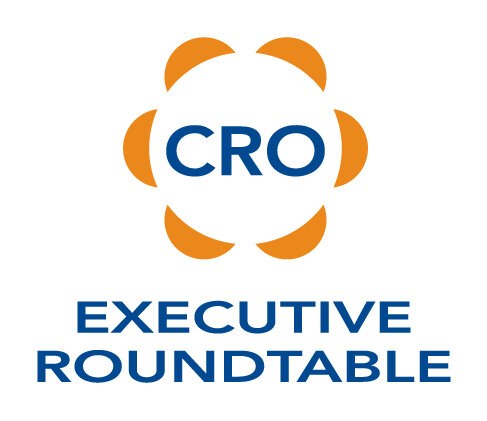The annual end-of-year race is about to commence right after Labor Day. The finish line resides somewhere within the holiday season. This period represents the closing of the revenue year and will determine success (or something short of that).
The importance of this time period is clear. Do you have all of your tools aligned to make the final revenue push? If we may be so bold, here are a trio of recommendations for all CROs heading into the race.
Bankable Forecast - this is the most important aspect of the race. Can you take your forecast to the bank? If not, you need your team to perform a real-world purge of the forecast for the remainder of the year. You must know what is closing in the time period to make the right adjustments to your game plan.
Bench Strength - your team may be facing some unexpected turnover. The economy is roaring and salespeople are confident in finding new opportunities. When is a popular time to make a change? Many salespeople will make a move right before the holiday season to leverage time off with family and friends. Others will wait until early in Q1 to cash in their variable compensation (commissions, bonuses, etc.). Either way, you need to have a plan for building a strong bench in case turnover occurs in your team.
Results-Driven Incentive Plans - next year's compensation plans will be on your list during the race. You have to recognize effort and reward results with a plan that drives the behaviors you need in each role. The mix of salary, commission, bonuses, spiffs and more needs to be designed for a Jan. 1 launch date.
Clearly, there are other topics for all CROs this time of year, but these 3 tasks will cover a good portion of your 2019 foundation. If you need help on any of these topics, we are here to help.













